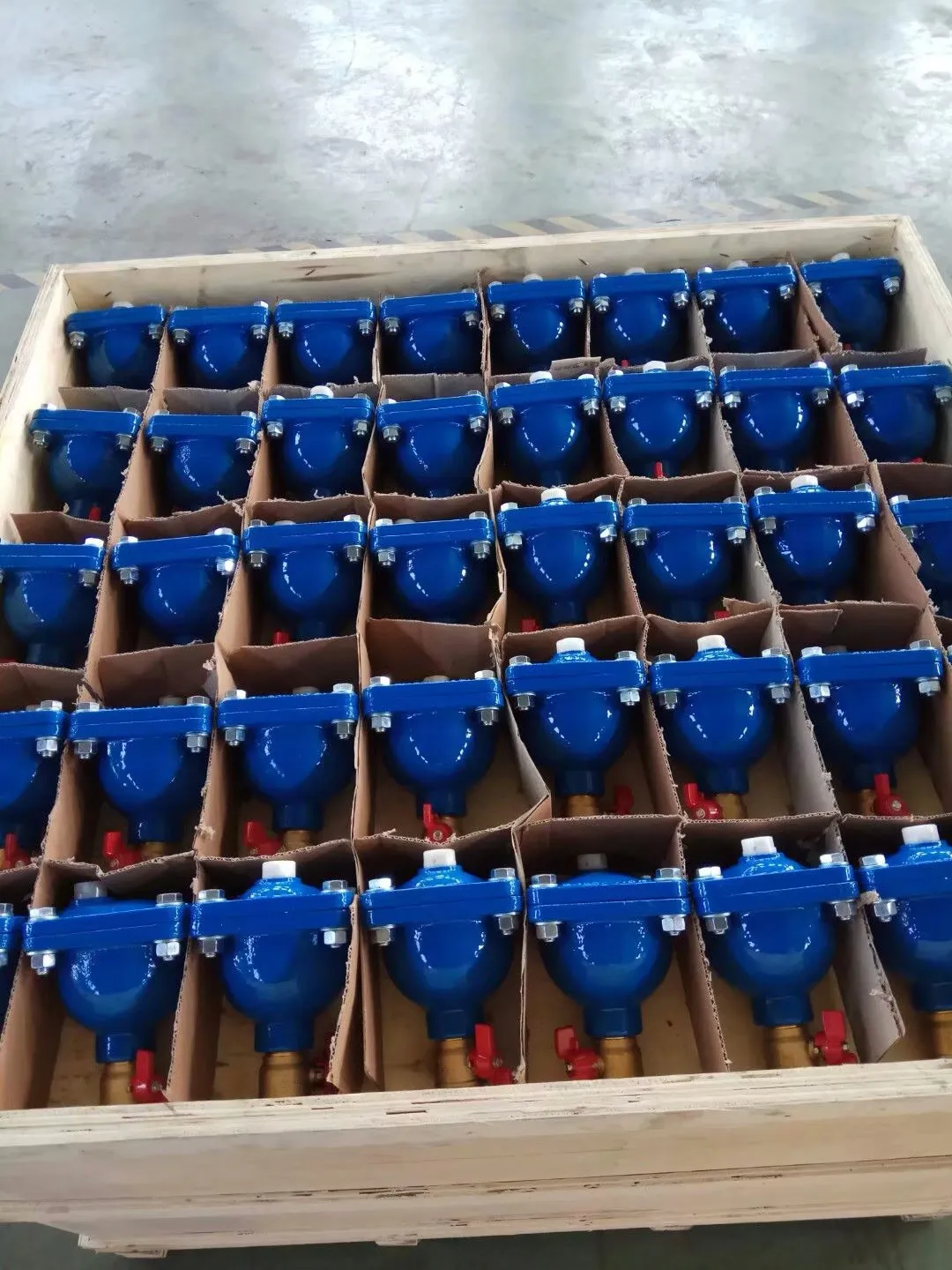Exploring Different Types of Drainage Gully Covers for Improved Water Management Solutions
The Importance of Drainage Gully Covers
In urban environments, effective stormwater management is essential to prevent flooding, protect infrastructure, and maintain public safety. One of the key components of a well-designed drainage system is the drainage gully cover. These covers serve multiple functions and play a crucial role in ensuring that stormwater is channeled efficiently away from roads, buildings, and other critical areas.
What are Drainage Gully Covers?
Drainage gully covers are removable or fixed lids that sit atop drainage gullies or pits. They serve as protective barriers that allow rainwater, melting snow, and other runoff to enter the drainage system while safeguarding the area from debris, sediment, and larger objects that could block the flow of water. Depending on their design, these covers can vary in shape, size, and material, but they all share the same fundamental function to facilitate effective drainage.
Benefits of Drainage Gully Covers
1. Flood Prevention One of the most significant benefits of drainage gully covers is their ability to prevent flooding. During heavy rainfall, water can accumulate quickly, leading to potential hazards for vehicles and pedestrians. By effectively directing water into the drainage system, gully covers help manage the flow and reduce the risk of inundation.
2. Debris Control Gully covers prevent leaves, litter, and other debris from clogging the drainage systems. When debris accumulates in drainage gullies, it can lead to blockages that impede water flow, ultimately contributing to flooding. Gully covers act as a first line of defense, ensuring that the drainage system operates smoothly.
3. Safety Open drainage gullies can pose significant safety risks for pedestrians and vehicles. Drainage gully covers eliminate these hazards by providing a secure barrier over the gully. This is especially important in urban areas with high foot traffic, where open gullies can lead to accidents and injuries.
drainage gully covers

4. Aesthetic Appeal In addition to their functional benefits, drainage gully covers can enhance the visual appeal of public spaces. Well-designed covers can blend seamlessly with the surrounding environment, contributing to the overall aesthetic quality of streetscapes.
5. Environmental Impact Properly functioning drainage systems, supported by effective gully covers, contribute to better water management practices. This can lead to improved water quality in local waterways by minimizing urban runoff, which often carries pollutants.
Materials and Designs
Drainage gully covers can be made from various materials, including metal, plastic, and concrete. The choice of material often depends on the specific application, load-bearing requirements, and environmental conditions. For instance, heavy-duty metal covers are commonly used in areas that support heavy traffic, while lighter models may suffice in pedestrian-only zones.
The design of the covers also plays a significant role in their effectiveness. Some designs incorporate grates that allow water to flow through while filtering out larger debris, improving water quality. Others may feature locking mechanisms to prevent unauthorized removal, enhancing security and safety.
Conclusion
In conclusion, drainage gully covers are critical components of modern drainage systems, ensuring efficient water management in urban areas. By preventing flooding, controlling debris, and enhancing safety, these covers contribute to the overall resilience of city infrastructure. As urban areas continue to grow, investing in high-quality drainage solutions, including effective gully covers, will be essential to address the challenges posed by increased rainfall and urban runoff. The importance of these seemingly small structures cannot be underestimated — they play a pivotal role in safeguarding both people and property.
-
The Smarter Choice for Pedestrian AreasNewsJun.30,2025
-
The Gold Standard in Round Drain CoversNewsJun.30,2025
-
The Gold Standard in Manhole Cover SystemsNewsJun.30,2025
-
Superior Drainage Solutions with Premium Gully GratesNewsJun.30,2025
-
Superior Drainage Solutions for Global InfrastructureNewsJun.30,2025
-
Square Manhole Solutions for Modern InfrastructureNewsJun.30,2025
-
Premium Manhole Covers for Modern InfrastructureNewsJun.30,2025
